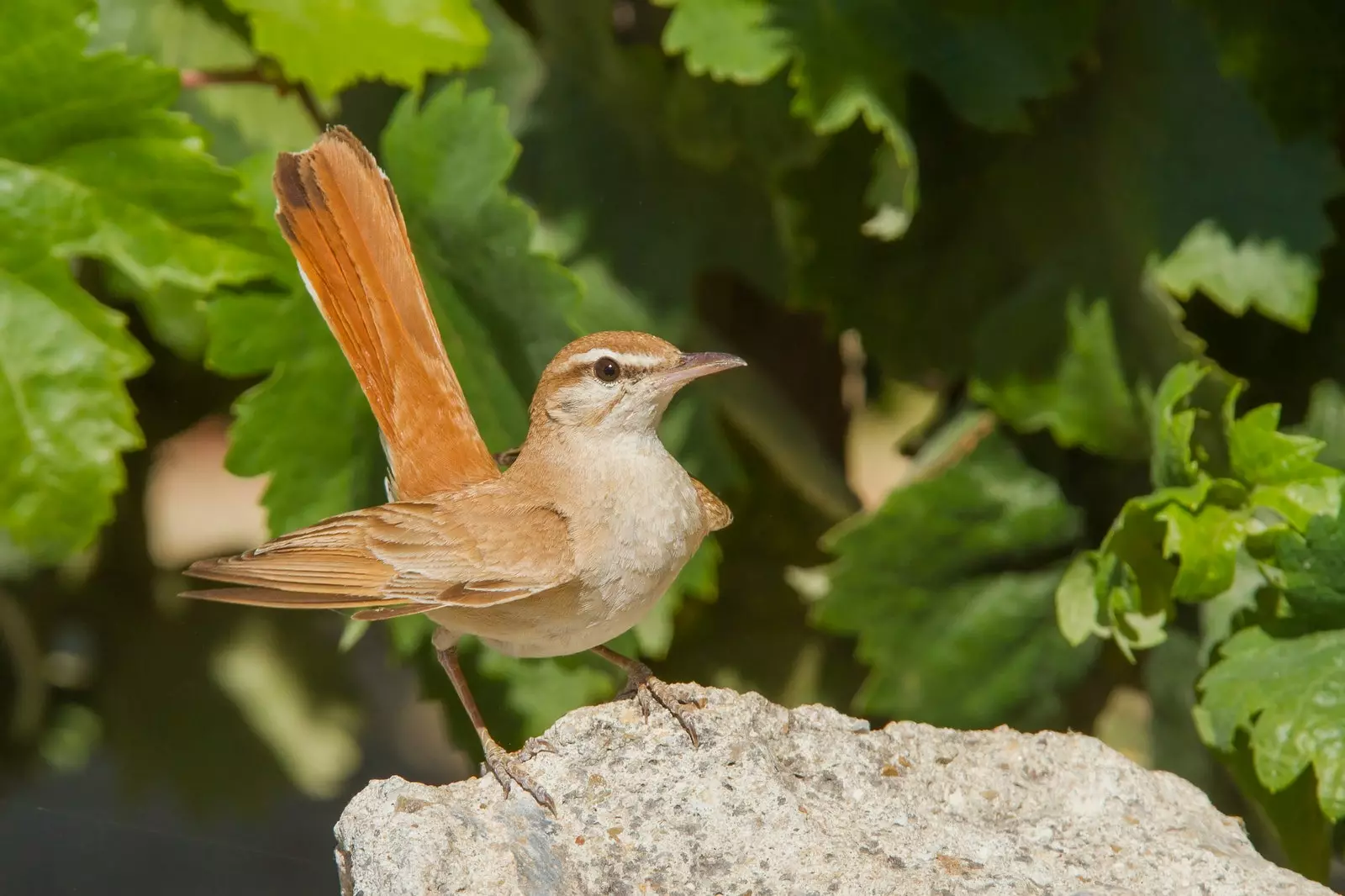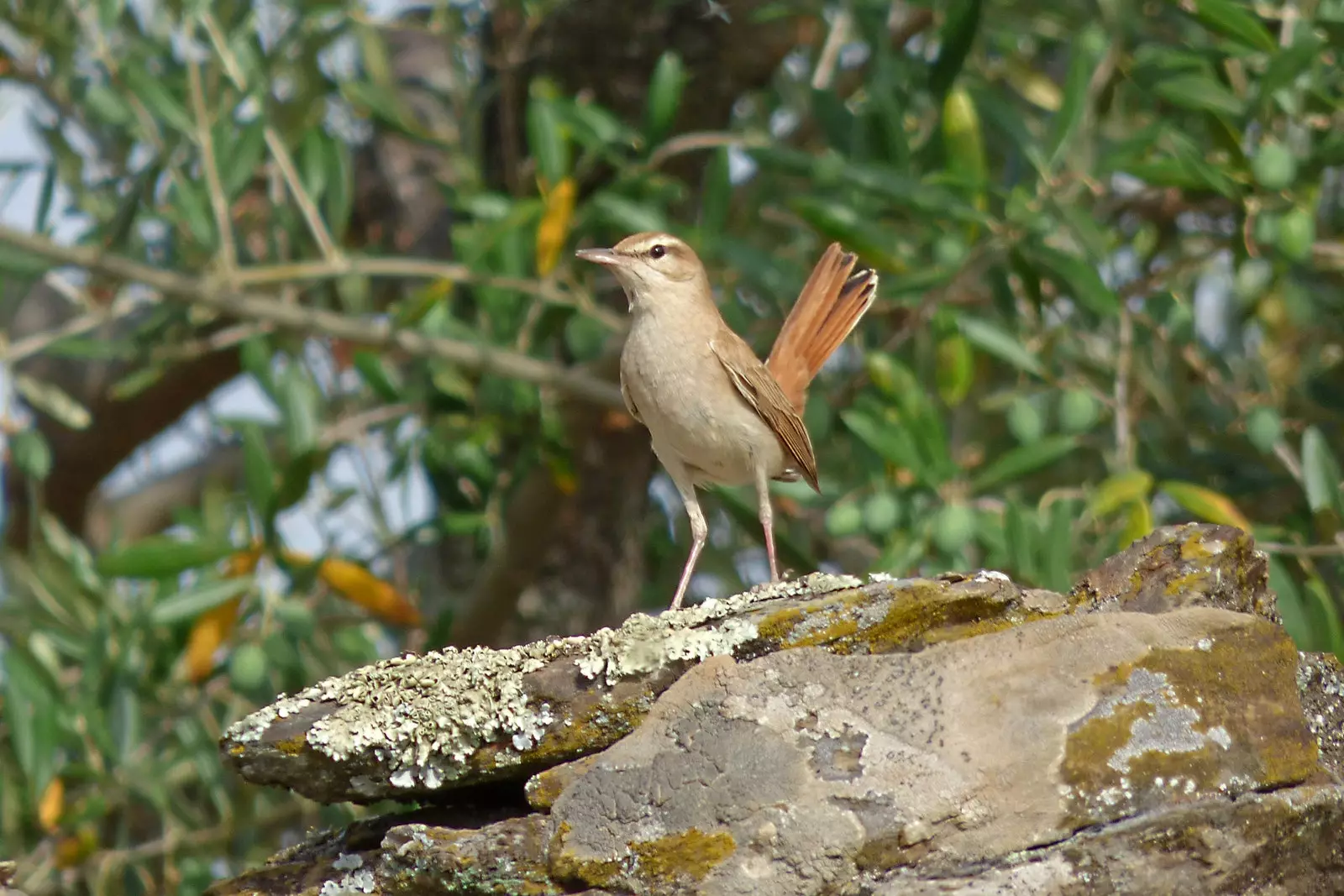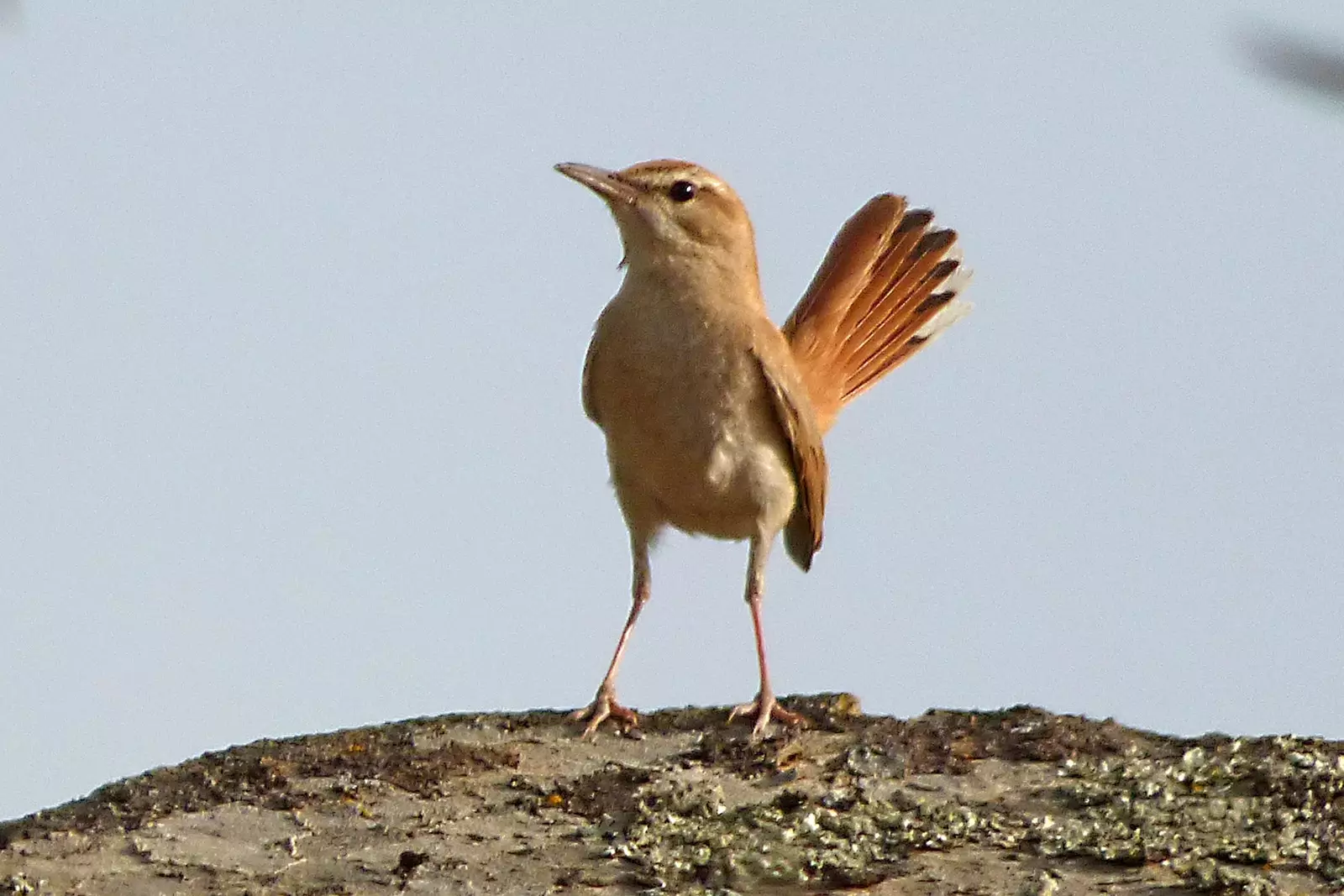The reddish algae is the bird of the year 2022. This has been revealed by SEO/BirdLife, the Spanish Society of Ornithology , which every year –since 1998– organizes a popular vote to choose the species that will receive this recognition.
The reddish gartail has won the contest –in which 8,876 people have participated– with a 37.95% of the votes, followed by Montagu's Harrier (34.29% of the votes) and the common shrike (27.76%), and will be the protagonist of a communication and conservation campaign with which SEO/Birdlife wants to draw attention to the problem you are facing.
While in 2021 the Bird of the year was the common swift , this time the title falls on the algaetail, a species that is cataloged ' Endangered' according to him Red Book of Birds of Spain recently published by SEO/BirdLife, is present in Andalusia, Extremadura, Murcia and the Valencian Community.

Reddish Alzatail, Bird of the year 2022.
WE PROTECT OUR BIRDS!
Founded in 1954, SEO/BirdLife is the oldest nature conservation NGO in Spain and his mission is conserve biodiversity with the participation and involvement of society and with birds as a flag.
The three species that have been candidates to be Bird of the Year “present a significant decline in their populations. mainly due to the loss of natural elements in the agricultural landscape, the widespread use of pesticides and earlier harvests” , they explain from SEO/BirdLife.
The Bird of the Year campaign aims to draw attention to the situation in which some species of the Spanish avifauna and their habitats are found. Let's discover some curiosities of the winner!

The reddish algae is present in Andalusia, Extremadura, Murcia and the Valencian Community.
REDDISH RAISED
The reddish gaztail is a migratory species closely linked to dry land vineyards, olive groves and fruit trees and according to last national census of reddish algae , made by SEO/BirdLife in 2020 in collaboration with the National Working Group of the Reddish Alzacola and the University of Alicante, "The species shows a great decline and confirms its very serious conservation status."
It is a bird insectivorous and easy to identify its long and reddish tail, which shakes and unfolds constantly. In addition, it has the habit of wandering on the ground and in the low areas of bushes and thickets.
The species is closely related to traditional vineyard and to a lesser extent to the traditional olive grove, and its population would be made up of about 17,334 (10,991-27,733) individuals, of which western Andalusia accommodates 71% and Estremadura at 27%. We also find other small towns in Almeria (145 males), Murcia (136 males) and Alicante (14 males).
The results by region show a 94.8% reduction in the population of reddish-brown algae for the country as a whole: between 86%, in the western region (Badajoz), and 98%, in the eastern region (Alicante and Murcia).
Said results, explained from SEO/BirdLife, imply that "the algae meets the criteria of the International Union for Conservation of Nature (IUCN) enough to be cataloged 'Endangered', and in the Spanish Catalog of Endangered Species for the category of ‘In Danger of Extinction’”.
As a curiosity, the presence of alzacola in olive groves is a symptom of good agricultural practices and it does not like the aggressive pesticides or phytosanitary products that are sometimes used on the crops where it lives.

The reddish algae has won the contest with 37.95% of the votes.
ITS MAIN THREATS
The primary Threat, which generally affects all the populations of alzacola in Spain, is related to “the intensification of crops, which implies the change from rainfed to irrigated land, greater use of phytosanitary products, more mechanized and frequent tasks, and reduction of the herbaceous cover”, they expose.
The plot concentration , for its part, entails “the loss of the traditional mosaic of crops and a homogenization of the landscape with reduction of boundaries and weed vegetation”.
Another big problem is the substitution of traditional crops for intensive vegetable crops or crops in greenhouses or under plastic (especially in areas of Huelva, Almería, Murcia and Alicante), which involves the complete elimination of the habitat of the reddish gaztail.
The rise of emerging crops It is also an issue to take into account, since these are not suitable as habitats, as is the case with pistachio and almond trees in Badajoz, which replace vineyards and olive groves.
Thus, all these changes in the form of exploitation significantly reduce the number of nesting sites and they contribute to “the decline of the arthropods on which the species feeds, especially large prey such as caterpillars and orthoptera.”
Finally, the abandonment of crops that are no longer profitable, such as vineyards or citrus, can be detrimental to this species if not replaced by suitable habitat.
WHAT CAN WE DO TO HELP ITS CONSERVATION?
We can all contribute to the conservation of the ruddy tail –giving it visibility and fighting so that its habitat is not destroyed–. In addition, SEO/BirdLife will carry out a series of actions to protect this species that will also entail benefits for other species with which it shares habitat.
Some of the actions that SEO/BirdLife will develop in 2022 are: “demand that aid and measures of the new CAP incorporate the requirements of this species; promote support and viability, also within the framework of the PAC, to the traditional rain-fed vineyard and olive grove; Y develop demonstration projects to value the conservation of the species and biodiversity as another tool to improve its profitability”.
They will also develop follow-up actions and monitoring of populations in key areas as well as promoting new studies of their movements, threats and factors of decline; Y “demand the proper cataloging of the species according to their level of threat, together with the rest of the species that require said review”.
Finally, they have proposed to present to society "this species largely unknown until now by the majority of the population", raise awareness about the importance of its conservation and publicize the habitats in which it is found.
